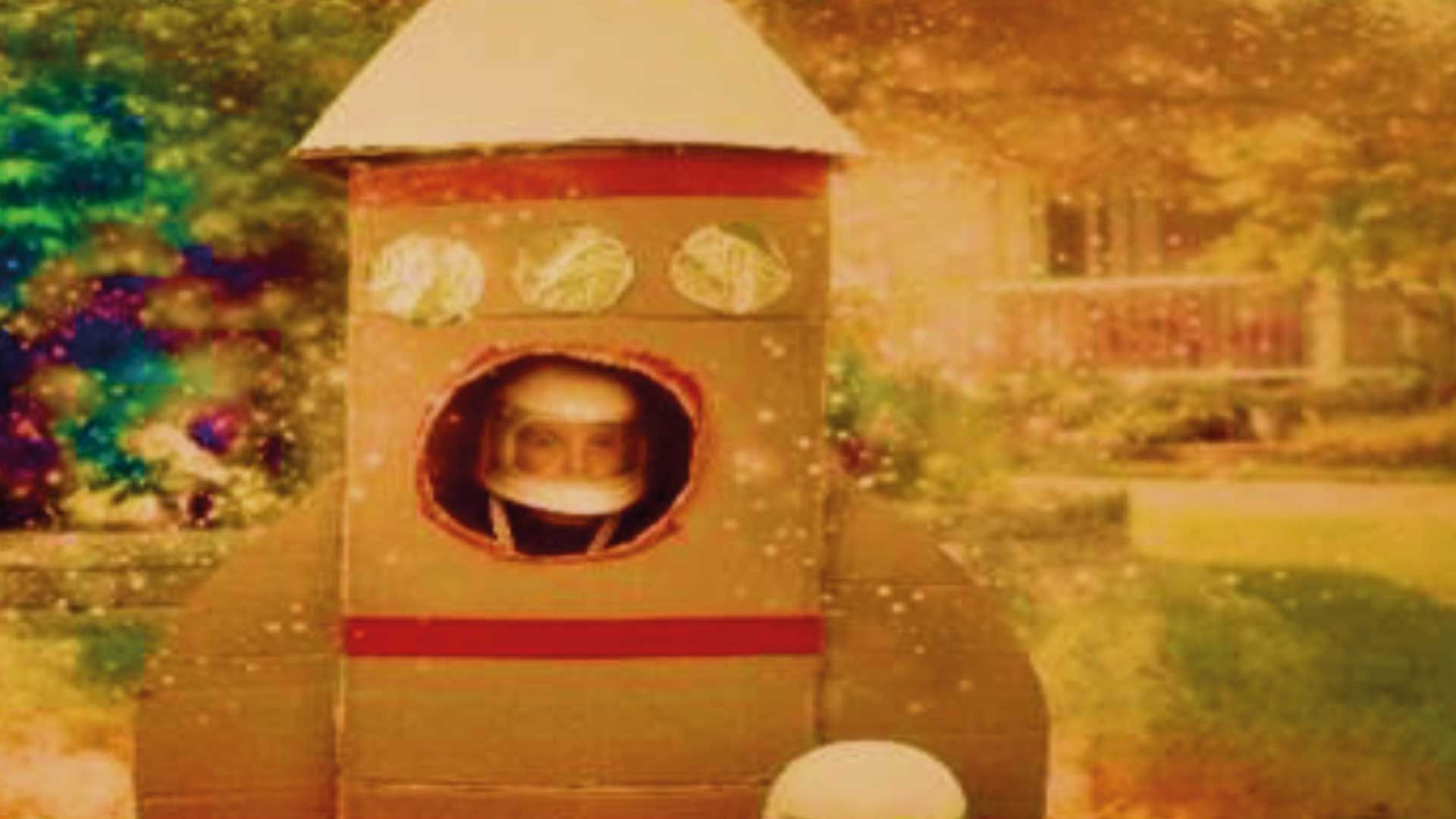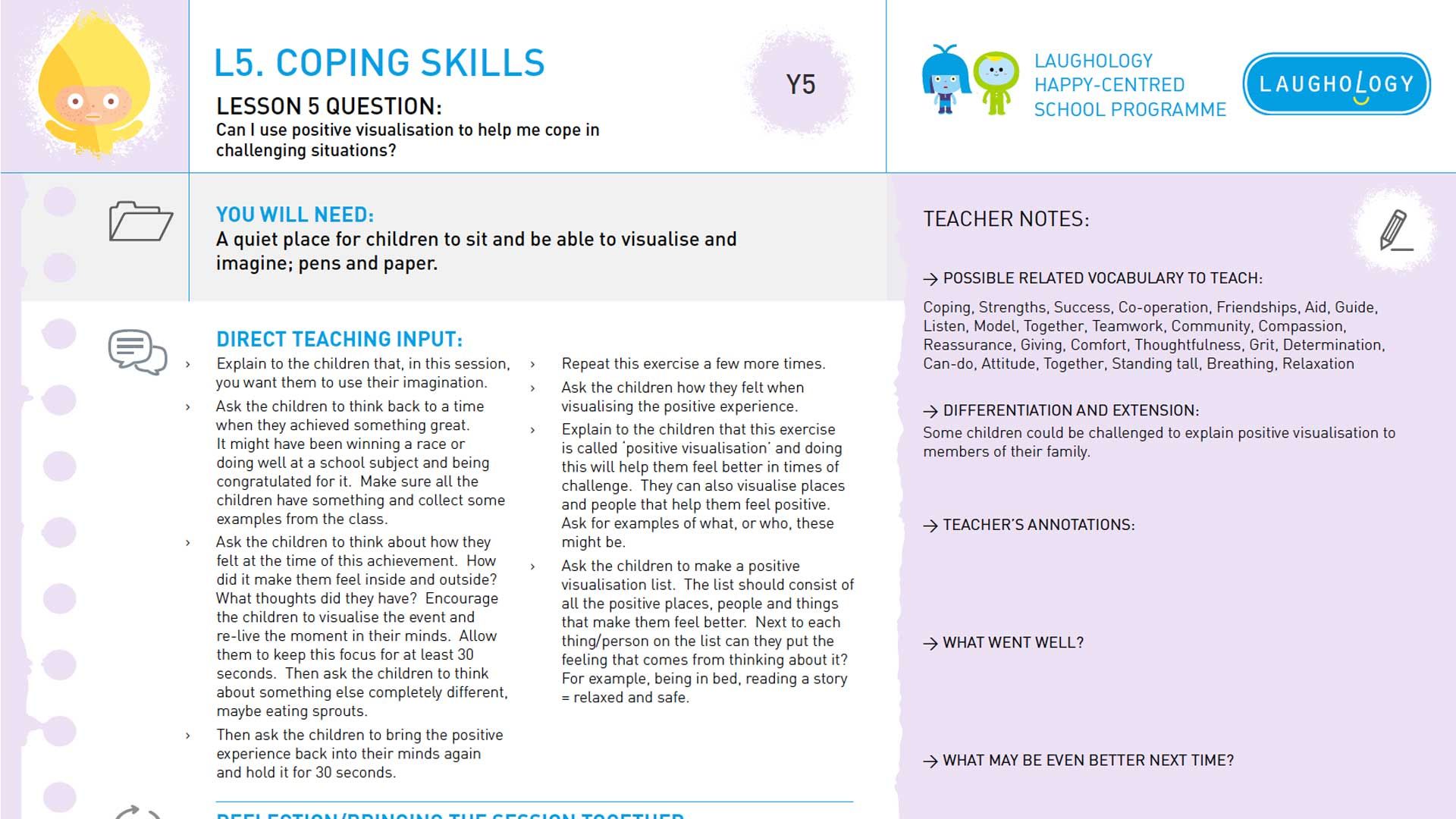FLIP-It for schools and home-schooling parents.
L IS FOR IMAGINATION
Watch
Sarah Creegan: Introduction to I for Imagination
Use Your Imagination to Achieve Your Potential
Read
TOP TIPS FOR FLIPPING OUR IMAGINATION AT HOME
When children are very young, they have fantastic imaginations. But by the time they are in Years 5 and 6, there are very few children in the playground playing imaginative games.
That’s because they:
- Are worried what their friends will think
- Have started to develop a sense of F.E.A.R.
- Are more aware of social conventions, and being right or wrong - it’s more comfortable to play a game with rules
There will be some positives to come out of the tricky times we’re currently experiencing. At Laughology, we believe that lockdown provides the perfect opportunity to get everyone thinking more imaginatively. In turn, this helps parents and children to cope better too.
Here’s how.
Ensuring our imagination is helpful
Our imagination can be one of our most powerful tools, but it can also be really unhelpful.
F.E.A.R stands for False Expectations Appearing Real. If people imagine that something is going to go badly, then there’s a good chance it will! But if we imagine a more positive result, we’re more likely to be successful. We’ll also apply ‘can-do’ thinking and language. For a reminder about Focus and Language see Module 1 and Module 2 of FLIP-it Thinking.
- Instead of imagining your family in a crumpled heap at the end of another day of home learning, visualise yourselves on a podium with gold medals round your necks, soaking up the cheers. Encourage your child to practise positive visualisation too - how do they see themselves at 3.15pm?
- Build mindfulness into your day and practise it with your child. By taking a bit of time to concentrate on your breathing, or really enjoy the look, smell and taste of a piece of chocolate, you get into the great habit of calming your overactive thoughts. If you want to know how mindfulness positively impacts the brain and reduces anxiety, click here.
Using our imagination to have fun
Have you ever said, ‘I’m just not imaginative’? That’s not true – you’re just out of practice, thanks, in the main, to Google.
- People who enjoy solving problems, are better able to cope when they’re faced with one. Start each day by firing up everyone’s creative thinking with a BIG question that doesn’t have a right or wrong answer. At Laughology we call these Thunks. Go to the DO! section of Module 3 to see how Laughology’s Ed and his friend, Serious Ed, thrash out a Thunk. There’s also a step-by-step PowerPoint to help you start Thunking as a family.
- When life returns to normal, we want children to have maintained a healthy enthusiasm for learning, so use your imagination to make home learning fun. On a sunny day, why not fill up the paddling pool and get your little one to work out number bonds to 10 using their toes, rather than on a worksheet?
- And remember, we live in a world filled with technology. Google could be your best problem-solving friend at the moment, with hundreds of ‘fun Easter/maths/art’ activities at the touch of a button. There are even top tips for how to have the best water fight – in case you’re wondering what to do once the number bonds are sorted!
Do
Activity sheet – How to Thunk (Powerpoint)
House on Fire Thunk
Download a lesson plan – Positive Visualisation
Coming up...
Next week we move onto the P of FLIP It Thinking. P stands for Pattern Breaking.

























